An artist who looked to tradition, always true to himself, the author of devout, compassed and measured paintings while painting exploded around him. For these reasons, as well as for the fact that he was neglected, perhaps deliberately, by Giorgio Vasari, Pier Francesco Foschi has always been observed perhaps with a little superficiality, despite the fact that he can boast a long list of distinguished scholars who have dealt with him, beginning with Roberto Longhi, author in 1953 of’an Avvio a Pier Francesco Foschi that, effectively, triggered studies on the Florentine painter, which later found passionate exegetes in Antonio Pinelli and, more recently, in Nelda Damiano and Simone Giordani. And probably also for these reasons Foschi has never had his own monographic exhibition, until a couple of years ago: the primacy belongs to the Georgia Museum of Art’s 2022 exhibition, curated by Nelda Damiano, founded on the same framework around which the first Italian exhibition on the painter, Pier Francesco Foschi. Florentine Painter, welcomed in the exhibition halls of the Galleria dell’Accademia in Florence, and curated by Damiano, Giordani, Cecilie Hollberg and Elvira Altiero. Thirty or so works to trace a profile of the artist exactly seventy years after the first, pioneering study of him, a review organized substantially by theme and able to fully frame the artistic itinerary of a painter who remained on the margins of historiography, little known to the general public, but not a secondary protagonist of his time.
Who was, in essence, Pier Francesco Foschi? One could answer the question with a summary of the contribution that Antonio Pinelli signed for the exhibition catalog: a reconnaissance, pleasantly veined with personal recollections, of what critics have produced in reconstructing Foschi’s artistic physiognomy, from Longhi’s first contribution up to Giordano’s recent works that have focused mainly on the early stages of the artist’s career. We speak, therefore, of a painter who was formed in the classicist Florence of Andrea del Sarto, who timidly opened up to the innovations of Michelangelo and Pontormo, but without taking a particularly radical stance and without presenting himself as an innovator (a role that more fits him if one thinks of his portraiture, a genre in which Foschi ranks among the top painters of his time in central Italy), only to end his career “entrenching himself,” Pinelli writes, "in a nostalgic Sartesque revival that, while sanctioning his growing estrangement from the figurative culture of theavant-garde that flourished in the Grand Ducal Florence of Cosimo and Francesco I [...], on the other hand shows him to be fully in tune with the retro taste of the patronage of the convents and churches of the Tuscan ’contado’."
In order to better focus on the context within which Foschi’s art developed, it is useful to refer to Giordani’s recent research, which, as mentioned above, has focused particularly on the beginnings of Foschi, who was the son of art (his father, Jacopo Foschi, had been a pupil of Botticelli, had participated as his collaborator in the Sistine Chapel undertaking and had been to Rome several times): the very parent may have acted to bring Pier Francesco into Andrea del Sarto’s workshop once he realized that, Giordani writes, “a Botticellian education,” such as Jacopo’s, “would not have guaranteed Pier Francesco a professional future,” since outmoded by fashions and even by time (the experience of Savonarola, which must have touched Jacopo Foschi in some way, had been over for some time, and the aura of mysticism that had descended on Florentine painting in the wake of the Ferrara friar’s preaching had dissipated). Foschi’s debut, then, is in the sign of the most up-to-date painting of his time, and this is what can be appreciated in the first section of the exhibition, entitled precisely L’esordio professionale.

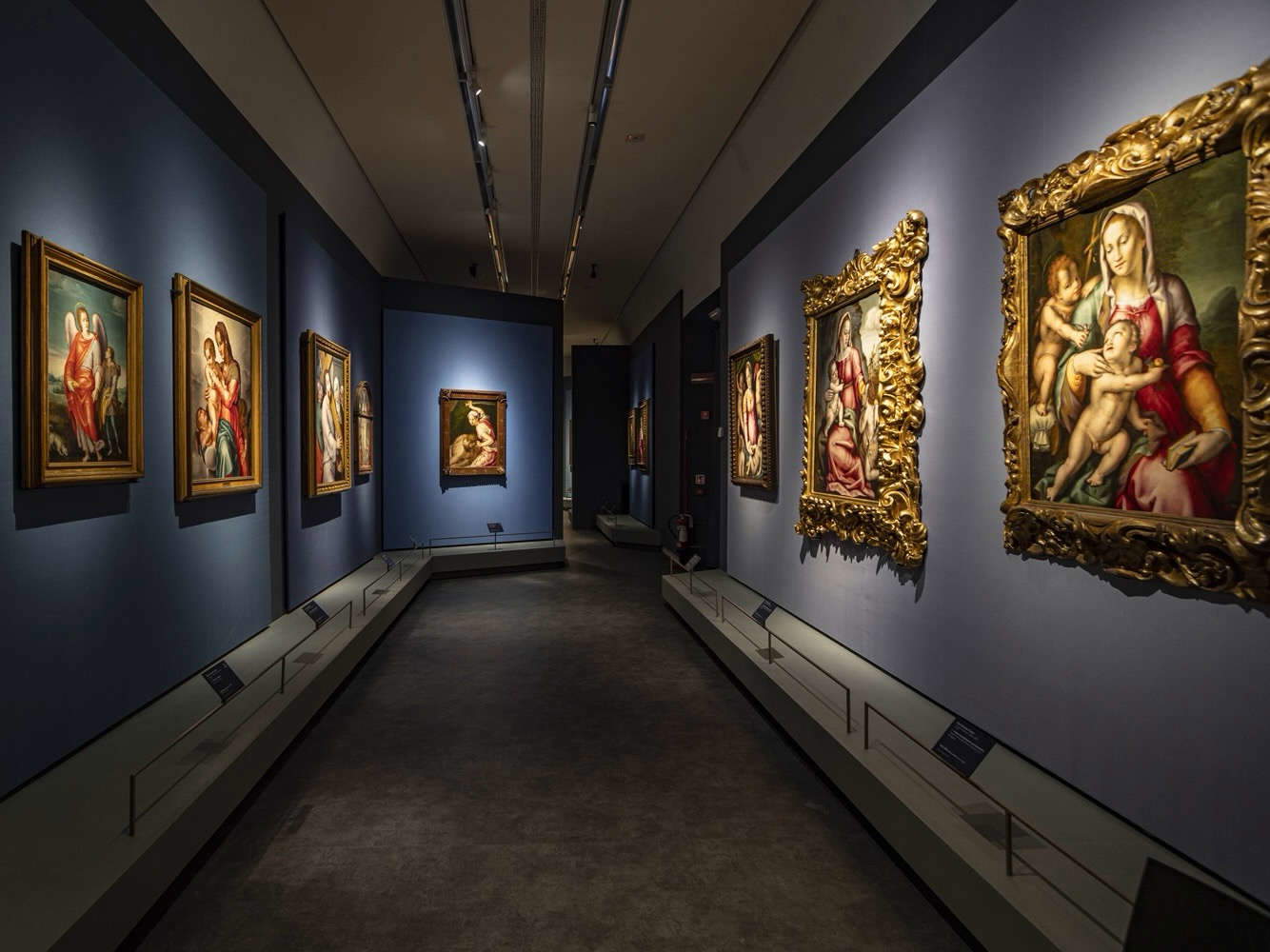
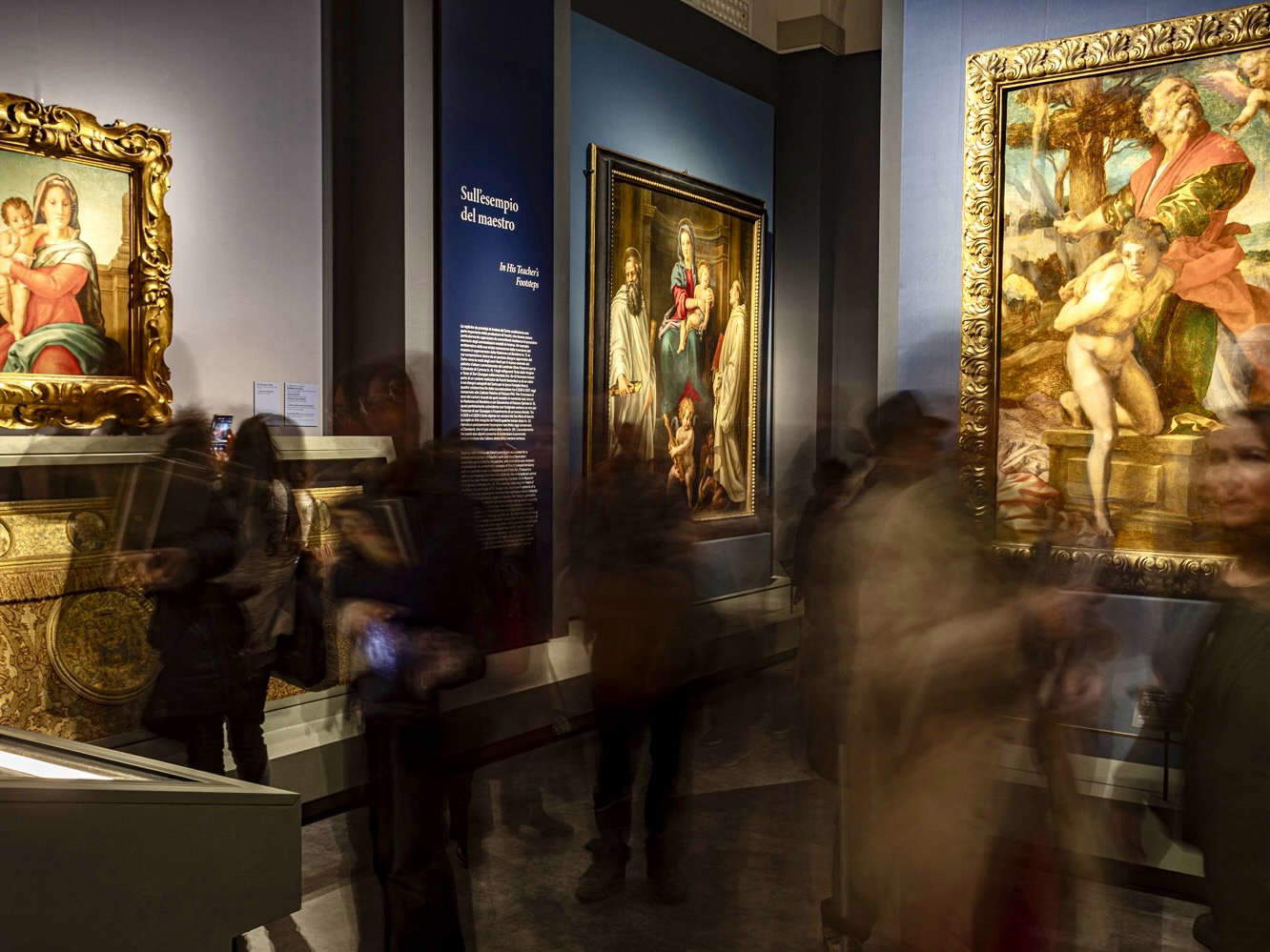
It falls to a painting from the 1920s, the Lotti Altarpiece, to introduce the public to the long, narrow corridor in which the exhibition is set up. The work was painted for the Florentine merchant Benedetto di Bernardo Lotti and was located in the church of Santa Trinita (today it can be seen instead in the church of San Barnaba): the debut of Pier Francesco Foschi, we see well in the Lotti Altarpiece, is of strict Sartesque observance, since the composition traces that of a very famous image by Pier Francesco’s master, the Madonna of the Harpies now in the Uffizi, although a different use of light separates it from Andrea del Sarto: see how Pier Francesco Foschi seeks, perhaps even more than his mentor, to make the sculptural volumes of his characters evident precisely through the light modulations that accentuate the draperies, or how he seeks the enthralling effect by leaving in penumbra the apse in front of which the whole scene is set. The youthful Holy Family with St. John, a work from the Galleria dell’Accademia in Florence, dialogues with a similar painting that the visitor observes in the next section(On the Master’s Example), which introduces the question of Pier Francesco Foschi’s replication of the master’s models: one example is the Madonna and Child from the Romigioli Collection, published in 1967 by Antonio Pinelli, which derives from a lost drawing by Andrea del Sarto executed for the frontal commissioned by Cardinal Silvio Passerini for the cathedral of Cortona. The precious fabric, now at the Diocesan Museum of Cortona, is on display in the exhibition, displayed next to Foschi’s Madonna for easy comparison, but even more poignant is the comparison between Andrea del Sarto’s Sacrifice of Isaac , on loan from the Cleveland Museum of Art (an unfinished panel, it was commissioned by Battista della Palla, agent of the French King Francis I), and the counterpart painting by Pier Francesco Foschi, which came instead from the Villa Medicea at Poggio Imperiale: the two paintings are displayed on adjoining walls, and the comparison provides a way to observe (beyond the fact that the success of Andrea del Sarto’s inventions was such that Foschi, still in the 1930s and with an independent career now well underway, felt the need to replicate them), again, the degrees of separation between pupil and master. Andrea del Sarto’s work is distinguished by a greater delicacy of tone and chiaroscuro transitions, by the more epic and dramatic breath of the scene (possible by virtue of certain devices on the proportions of the figures, on the perspective, slightly more lowered than Foschi’s replica, and on the light, more enveloping), while Pier Francesco Foschi, with his sharp light and also with a certain degree of formal simplification compared to the master’s work, enhances the sculptural, monumental character of the characters in his painting.
Leaving behind the early stages of Foschi’s career, the exhibition enters the heart of the matter with the third section, The Altarpieces, centered on the production that most marked Foschi’s success in the central years of the 16th century. The painter was to produce at least a dozen altarpieces, two of which are known through preparatory works (both, moreover, featured in the exhibition). The Bettoni Alt arpiece is the one that occupies the center of the section, on account of the fact that it is one of Foschi’s most successful altarpieces, not to mention the fact that it is one of only three mentioned by Vasari in his Lives (Foschi is mentioned among Andrea del Sarto’s pupils, and three of his panels painted for the basilica of Santo Spirito in Florence are mentioned: one of these is, indeed, the Pala Bettoni, depicting a Resurrection). Simone Giordani writes that, with this work, Foschi “elaborates the composition of greatest complexity of his career, for articulation of the planes of space, number of figures, boldness of movements, as well as for the variety of expressions with which he measured himself,” albeit following an iconographic scheme that is by no means traditional, and therefore symmetrical, balanced, harmonious, all balanced around the central figure of Christ. Nonetheless, Foschi shows himself to be an artist capable of looking around, as demonstrated by certain elements of Michelangelo-derived derivation first noticed by Alessandro Parronchi (for example, the masks of the soldiers’ helmets, reminiscent of the decorations in the Sacrestia Nuova of San Lorenzo), but also the delicate colors of the soldiers’ robes, in line with the tastes of the time. All around, the audience encounters some of the main attestations of Foschi as a painter of altarpieces: the earliest works, dating from the second half of the 1930s, are the panels of the great Polyptych of the Sacrament in Fivizzano (on display are two side panels, with Saints Sebastian and Rocco, still preserved in the church of Saints Iacopo and Antonio in the town of Lunigiana and restored for the occasion by Valeria Cocchetti thanks to the support of antiquarian Fabrizio Moretti, and two panels of the predella, with The Martyrdom of Saint Sebastian and Saint Roch Rescued by the Dog, which are instead preserved at the Longhi Foundation in Florence). The lunette, however, which remained in Fivizzano for conservation reasons, is not present. The complex machine was dismembered by 1732: originally, the two saints most likely flanked a statue of St. Anthony Abbot that occupied a royal niche, ideally continued by those painted behind the two saints by Foschi. Here, too, the artist does not stray too far from the master’s lesson, demonstrating that he already favored an evident taste for balanced and compassed compositions, the same palpable taste manifested in the Madonna del Piano altarpiece, on loan from the church of Santi Benedetto e Lucia in San Benedetto a Settimo, which was reunited with the panels of his predella, one of which, the one with St. Peter healing the sick, was unpublished and traced precisely on the occasion of the exhibition. The models here are still earlier (Carlo Falciani even goes so far as to suggest references to the Masaccio of the Brancacci Chapel), further demonstrating the substantial vintage composure, we might say, of Foschi’s manner, which allows itself just a little license in the somewhat contorted poses of the figures in the predella. The section is closed by a further comparison of master and pupil: Foschi’s Christ in Pity supported by angels with the powerful Christ in Pity frescoed by Andrea del Sarto in a niche in the Convent of the Santissima Annunziata (a fresco later detached and now in the Accademia Gallery): Andrea del Sarto’s visual power is translated by Foschi into a composition with decidedly tighter rhythms, not without a certain expressiveness and a marked sensitivity to luministic effects, though, it must be said, not able to rival the master.
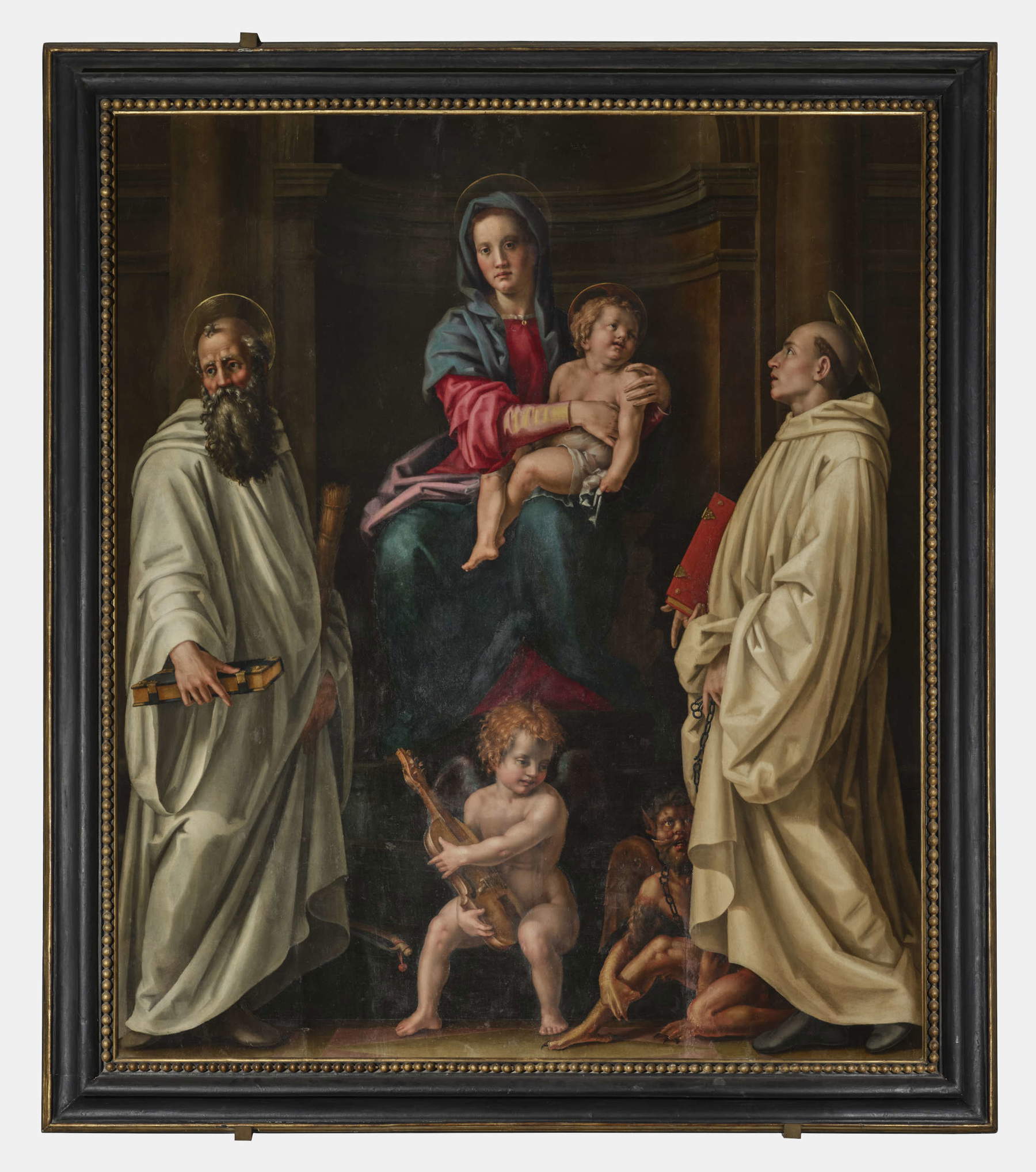

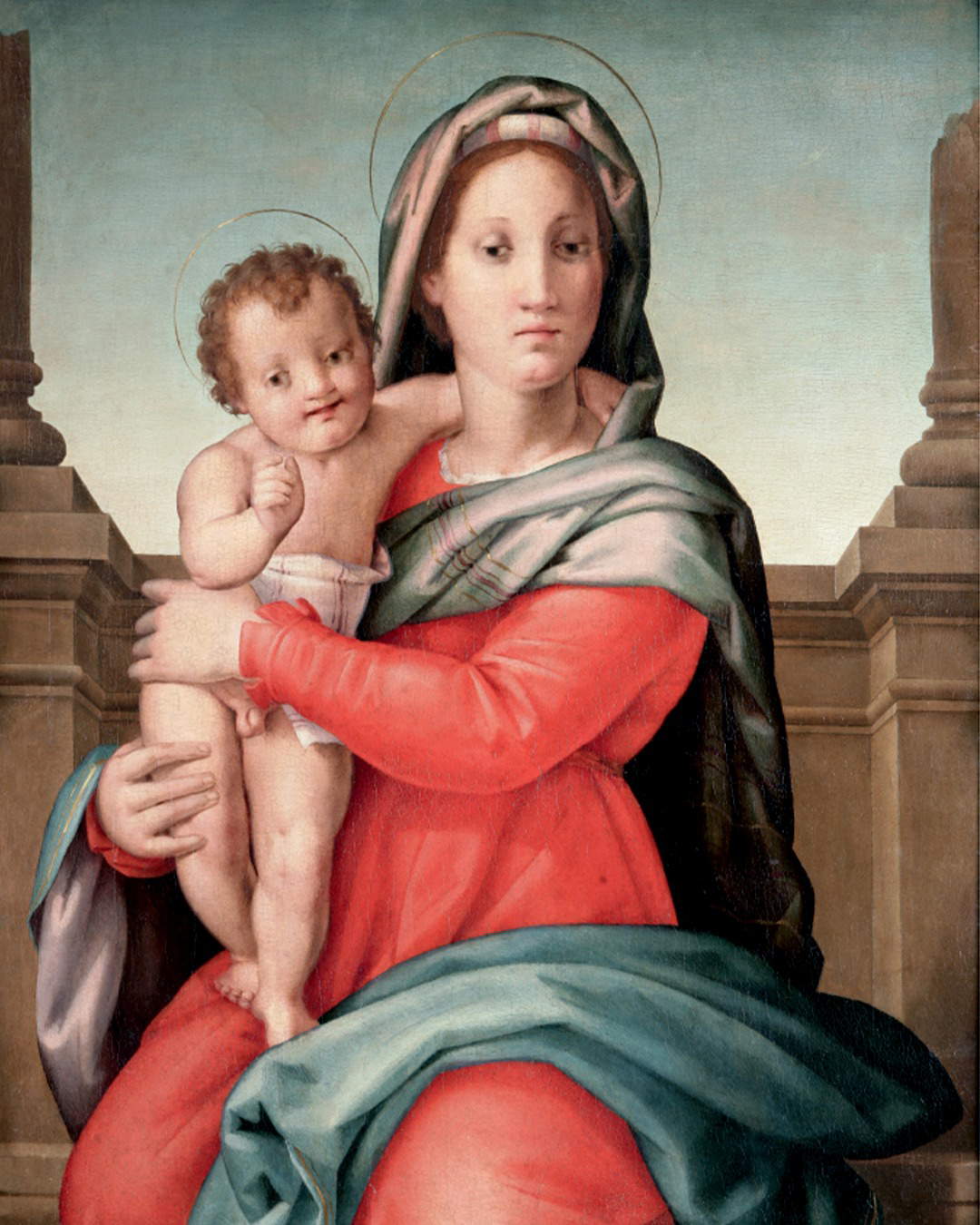

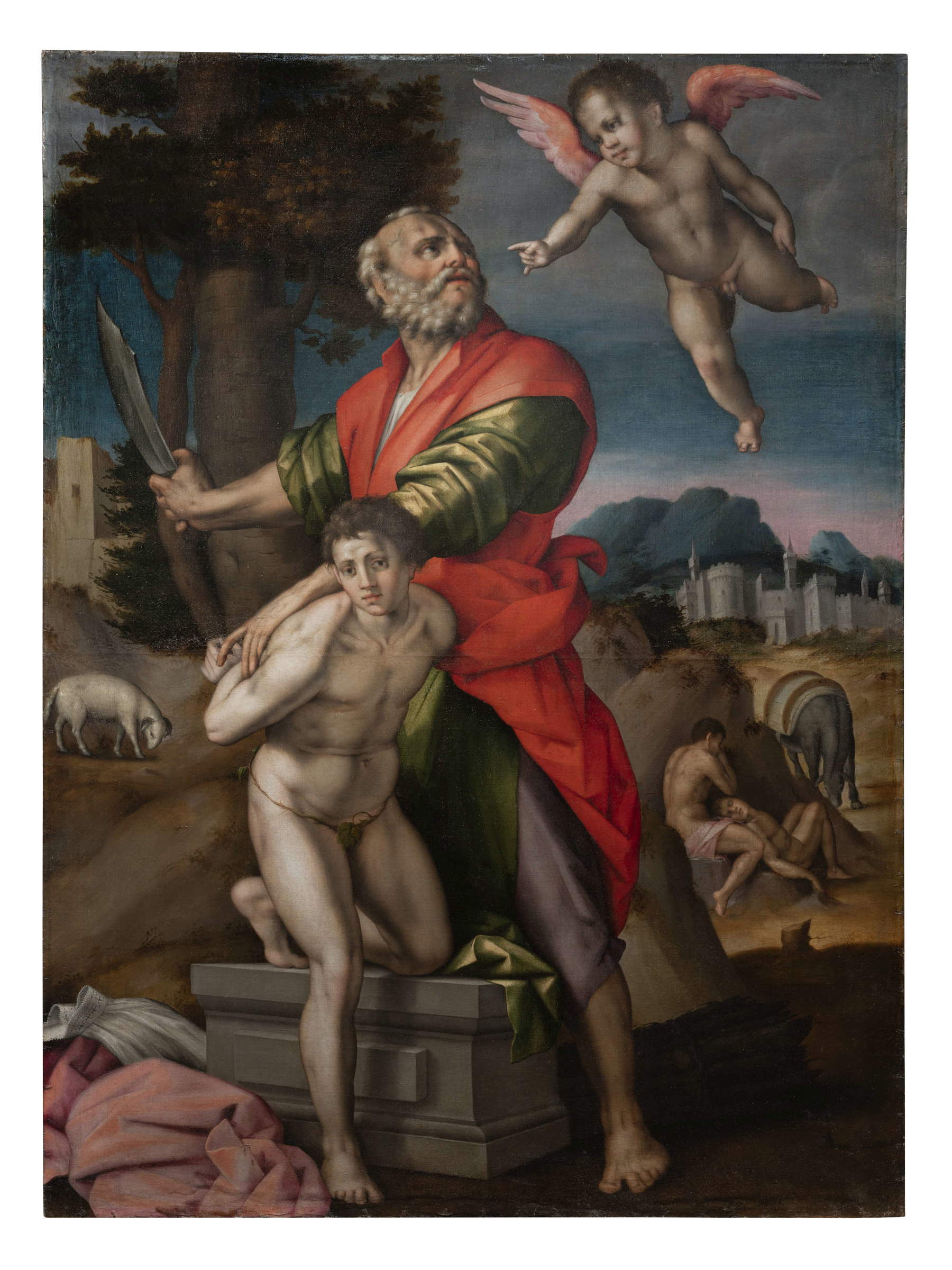
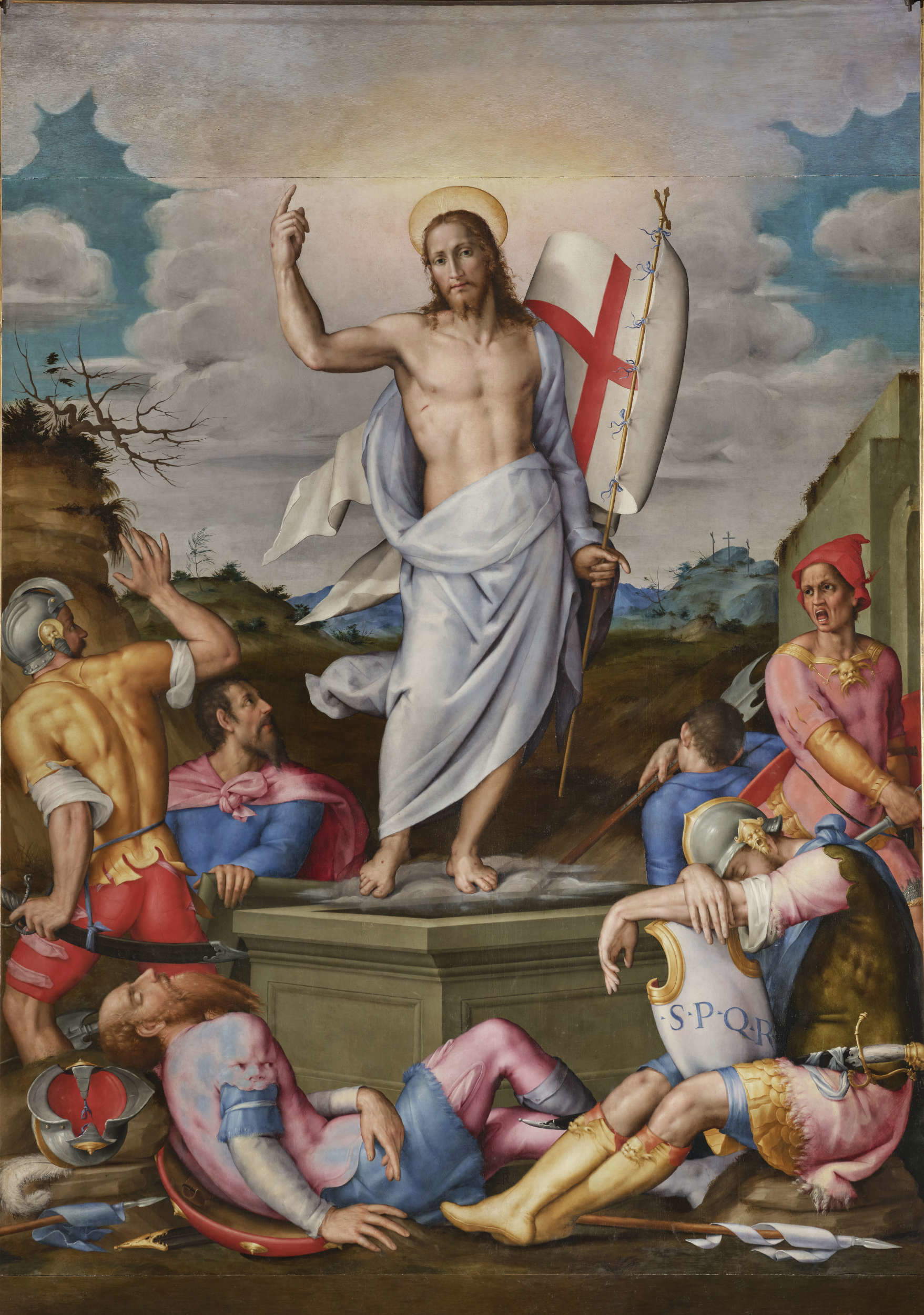
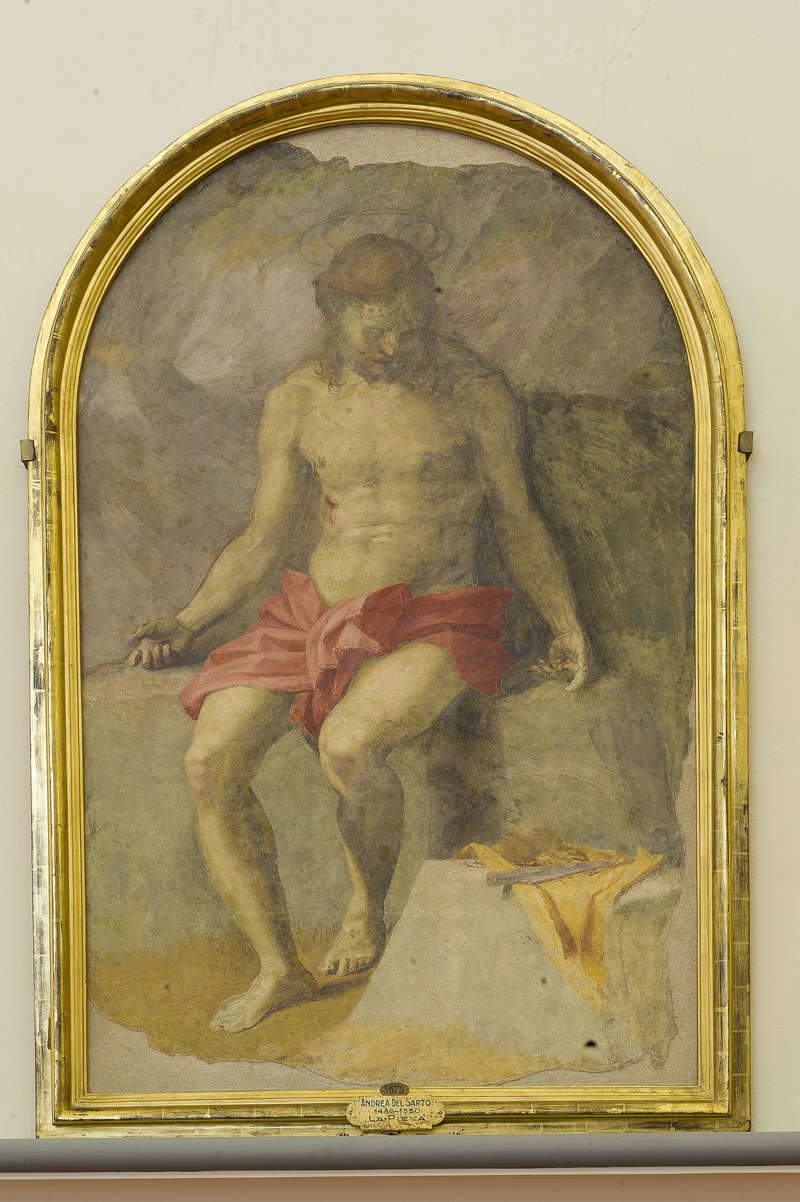
Sartesque references also remain in the paintings for private devotion, to which the fourth section of the exhibition is devoted. Suffice it to say that a work like the Madonna and Child with Two Angels, until the 1920s, was still generically attributed to an imitator of Andrea del Sarto: it is up to Luciano Bellosi to attribute it to Foschi, in a 1977 work of his. There are, however, works that deviate from the master’s dictate: one of these is the Madonna and Child with St. John first attributed to Foschi by Federico Zeri. Here, writes Carlo Falciani, compared to the Sartesco model the artist adds “a slight compositional imbalance” and that “abstraction of the pictorial surface” that characterizes the works of the advanced phase of his career, as well as an attempt to “enliven the scene by introducing jerky gestures that add tension to the scene, such as that of the Child who takes a pear from the goldfinch that the Baptist offers him as a premonition of the blood shed on the cross.” And there could then be added theGoing to Calvary, a painting with northern tones. It is, on the other hand, one of the rare biblical subjects in Foschi’s corpus the Judith from the Spier Collection, one of the Florentine painter’s most famous works, moreover recently exhibited at the exhibition on the iconographic theme of Judith held at Palazzo Barberini in Rome between 2021 and 2022 (Foschi’s work was featured at the beginning of the itinerary): a very eventful work (in this sense it can be said to be a hapax in Foschi’s entire production), with some hints of brute violence, such as the large cut at the base of Holofernes’ neck, or the fierce gesture of Judith about to hurl herself (again) at the enemy, nevertheless follows a balanced composition, set on a sober and well-calibrated scheme that enhances the action of the biblical heroine. And although Foschi’s interpretation of the episode remains “austere when compared to Giorgio Vasari’s later Florentine example” (i.e., the counterpart painting in the Saint Louis Art Museum), the Spier Collection’s Judith , which moreover deals with one of the most popular themes in Renaissance Florence, as well as one of the most sought after by patrons, remains one of the most original high points of his career.
The finale of the Accademia Gallery exhibition is all about portraiture, a genre to which Foschi devoted himself for almost his entire career, since known examples are scattered between the 1930s and the 1950s, and which he practiced for different types of patrons (the constellation of his clientele, moreover, allows us to get an idea of how well he was inserted), showing an extraordinary variety, a great capacity for adaptation and a pictorial quality that places his portraits at the top of their own era: his portraits can be compared, for example, to those of a Bronzino or a Pontormo, models moreover to whom Foschi looked. Nelda Damiano summarizes Foschi’s portraiture with two terms, “decorum” and “refinement,” dividing the group of Foschi portraits into two groups: “depictions of busts or half-busts that convey a sense of spontaneity and psychological intensity, strongly influenced by the paintings of his master Andrea del Sarto,” and “complex paintings of the patrician class that emphasize the material wealth and aspirations of the subject”, with the former being placed mainly toward Foschi’s portraitist beginnings and the latter, on the other hand, coinciding with changes in sixteenth-century Florentine society, characterizing his more mature production. Among the portraits that stand out for a more intense psychological characterization is, for example, the sober Portrait of Giovanni di Francesco del Nente, where the young protagonist, identified by Simone Giordani, is rendered with a fine modeling that brings his face alive, in the sign of a delicate and composed naturalism, foreign as much to the algorythms of Bronzino’s portraiture as to the sophistication of Pontormo’s. The point of greatest tangency with Pontormo might be found in the Portrait of a Lady from a private Swiss collection, which in the past was also given to Jacopo Carucci, while the Portrait of a Young Man with a Wreath of Flowers from the Utah Museum of Fine Arts in Salt Lake City stands as a shining testimony to the expressiveness that Foschi might have been capable of bestowing on his effigies: look at the young man’s oh-so-vivid and oh-so-concentrated gaze, further highlighted by the gesture of his hands clasping the wreath in an almost nervous gesture. Foschi’s portraits are then appreciated for their descriptive meticulousness: in the Salt Lake City painting one admires it in the rendering of the flowers, as well as in the rendering of the fabrics. The American Portrait is a sort of bridge between the portraits of the first group and those of the second: we can make the latter include two images such as the Portrait of a Prelate or the Portrait of Cardinal Antonio Pucci or again the Portrait of Bartolomeo Compagni, all characterized by the presence of various objects that signal the status of the people depicted. In the Portrait of a Prelate and the Portrait of Cardinal Pucci this task falls to the book, not only as a symbol of culture but also of financial availability, since these are finely bound volumes with blue leather covers, or to the carpet, another sign of’opulence (in the portrait of the cardinal one will then note the presence of the bull with the seal of Pope Clement VII, to show the effigy’s loyalty to the Medici, and that of the Spinario, an allusion to his passion for art but also to his “professional” duties, since the ’act of removing the thorn alludes to deliverance from sin), while in the Portrait of Bartolomeo Compagni to underscore the status of the effigy, a wealthy merchant who made his fortune especially in England, are the richly decorated armchair, flaunted to again suggest the faculties economic faculties of the personage, or the medals that give an account of his important relationships, the letters thrown almost in bulk on the table to suggest an idea of a dynamic and busy life, and in the foreground also a ring with the family crest, conspicuously flaunted. Talking portraits, we might say: among the best and most eloquent in sixteenth-century Florence.
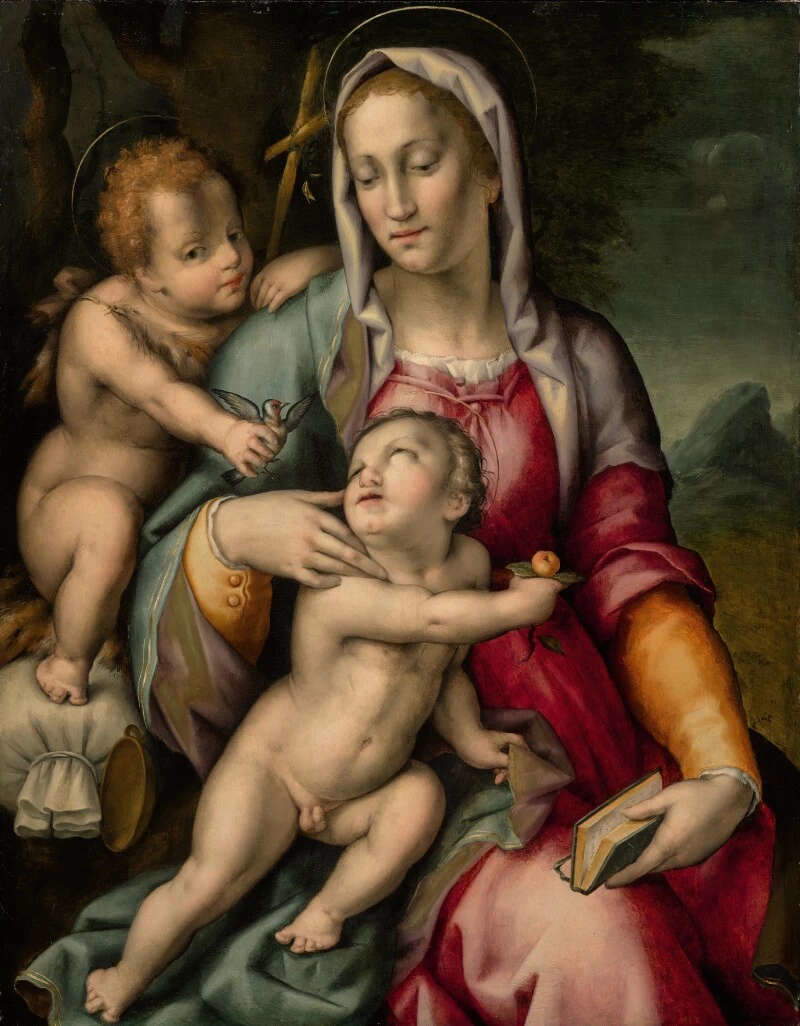
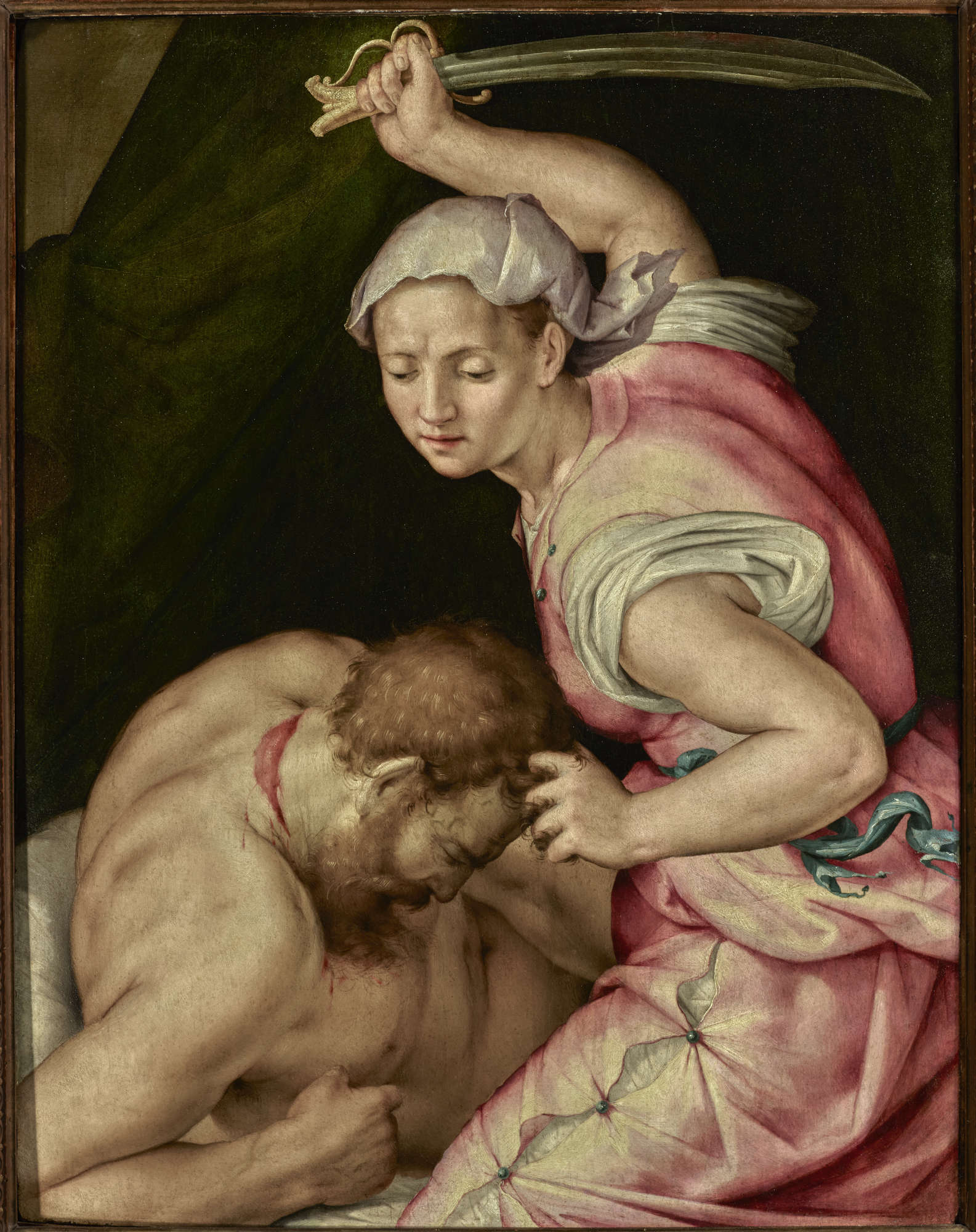 Pier Francesco Foschi,
Pier Francesco Foschi,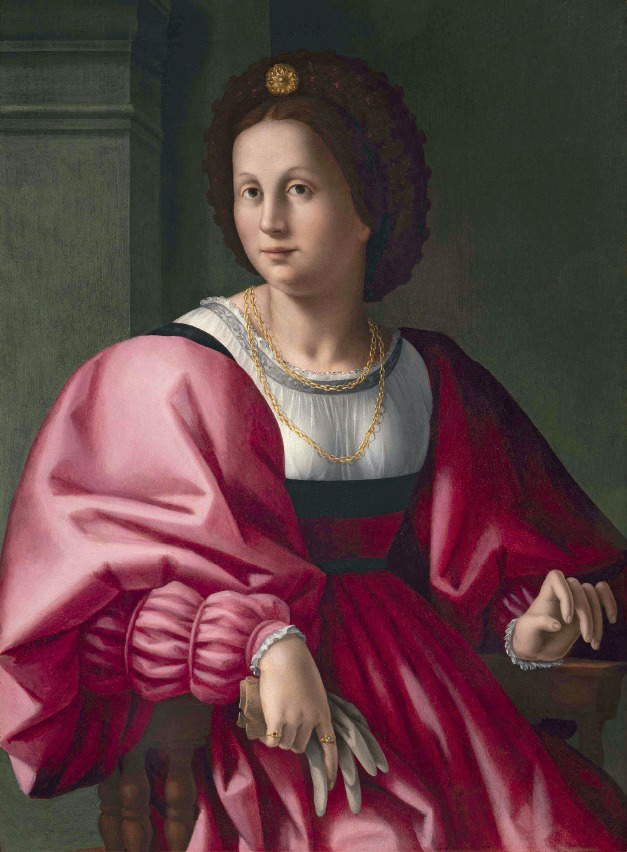 Pier Francesco Foschi,
Pier Francesco Foschi, Pier Francesco Foschi, Portrait of a
Pier Francesco Foschi, Portrait of a

Compared to the Georgia Museum of Art exhibition, whose structure it retains, so much so that there are many loans from American museums at the Galleria dell’Accademia as well, the Florentine exhibition focuses less on context, offering visitors just a glimpse of a few paintings by Andrea del Sarto, without lingering on other artists, such as Bronzino or Bacchiacca, who were instead present in the itinerary of the American exhibition. An understandable choice, however, given that Florence itself is the appropriate context for hosting an exhibition on Foschi, and the Galleria dell’Accademia itself does not lack works by which to measure Foschi’s production, and given also the necessities of setting up a monograph in a venue, the one intended for exhibitions inside the Florentine museum, which does not actually allow much room for maneuver: this is somewhat the limitation of the Gallery’s exhibitions, forced into this corridor that involves sometimes tortuous and loaded set-ups. For the exhibition on Foschi, however, this feeling is mitigated by a nonetheless good set-up, which tries to allow the works the right amount of breathing room despite the difficulties caused by the cramped spaces of the Accademia Gallery’s exhibition rooms.
Finally, the catalog, which is also complete with a registry of the works known so far or attributed with good margins of certainty to Pier Francesco Foschi, and rich in essays that further contribute to giving the Florentine painter his own, precise historiographical collocation, fine-tuned by the exhibition, is an excellent tool for in-depth study: Pier Francesco Foschi as the heir of Andrea del Sarto, essentially impassive in the face of the innovations that had been produced in Rome behind Raphael and Michelangelo (and perhaps for this reason little considered by Vasari), an artist of tradition when in Florence there were the alternatingexperiences of a Pontormo, a Bronzino or a Stradano, and yet the author of a painting adherent to Counter-Reformation principles and well aligned with the wishes of a patronage that cultivated a taste that, if it was not rearguard, was certainly moderate. A composed painting for a composed audience. A diligent and sober artist who was nevertheless no less a child of his time than those who, in the same years, were experimenting with the most daring innovations.
Warning: the translation into English of the original Italian article was created using automatic tools. We undertake to review all articles, but we do not guarantee the total absence of inaccuracies in the translation due to the program. You can find the original by clicking on the ITA button. If you find any mistake,please contact us.